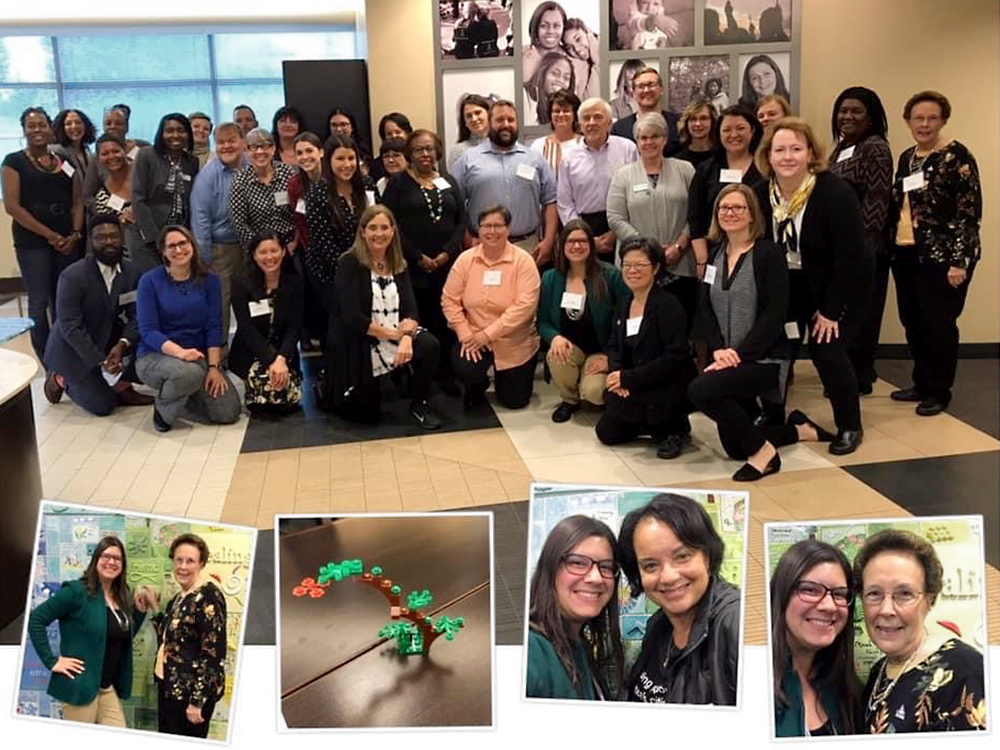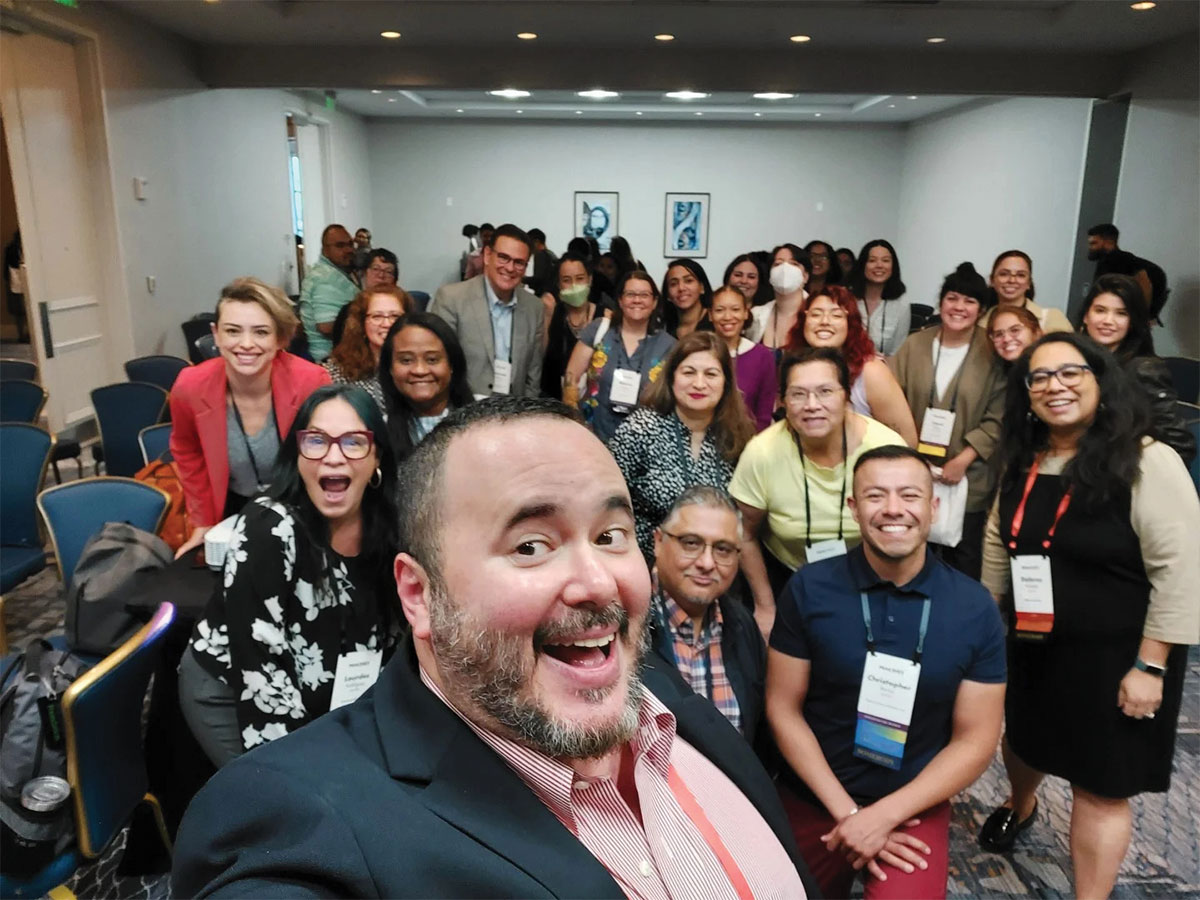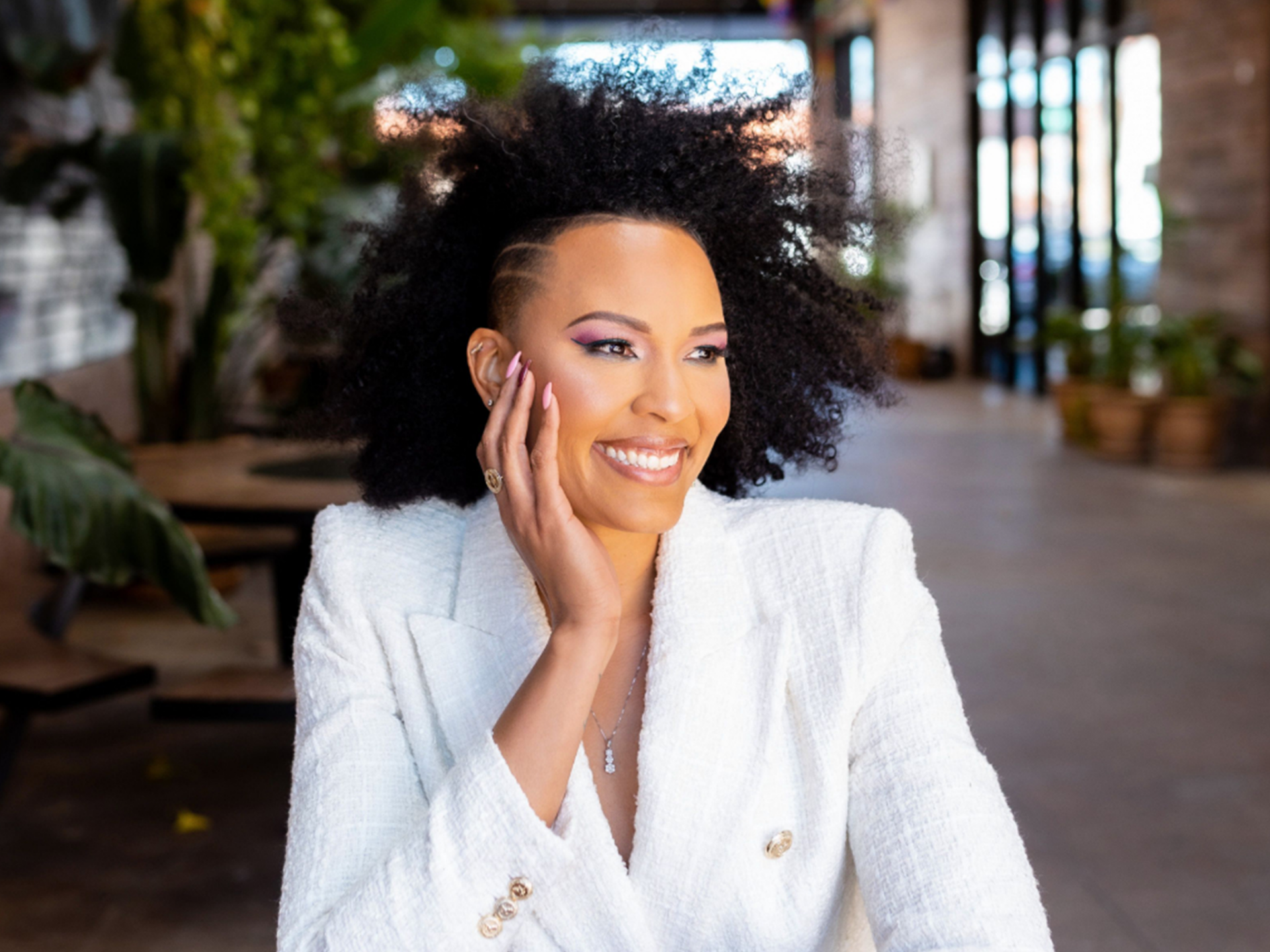
A philanthropic trailblazer, LaTosha Brown is founder of the Gulf Coast Fund, the Appalachian Community Fund, Grantmakers for Southern Progress, the Southern Black Girls and Women’s Consortium, and the Black Voters Matter Fund – among others. In a wide-ranging conversation with Genise Singleton, Program Operations Manager at the Kresge Foundation, Brown previewed some of her insight into the major theme of our PEAK2020 program: Courage in Practice. A sampling of her perspective follows.
What “Courage in Practice” means to me:
Courage, for me, is my ability to lean into conflict. I think part of the challenge is that folks don’t lean: It’s a conflict! People are afraid of conflict because they feel like conflict is a negative thing, but I don’t think conflict has to be negative. You can lean into the conflict, looking for the breakthrough, looking for what else can be revealed. That energy can be transformed by recognizing that when there is conflict, it is pointing to something. Don’t run away from it. Taking the time, and putting my ego to the side to ask, what is it pointing to? What’s the gifting of the conflict?
Courage is those moments when I’ve had to move on what I know in my heart to be true, authentic, and advancing for all involved, whether they see it or not – leaning into that in spite of the fear and the consequence.
Courage to me requires a commitment. Courage is not just the action – courage is the action as it relates to whatever the commitment requires.
Case in point:
Last year, my organization went down to Jefferson County. You may have seen the story, it was all over the place. There were 40 elder Black seniors that we had on a bus to take them to vote, and we got stopped [by the police], and they had to get off the bus. And at the time, because I’m an activist, my initial reaction is, “Oh hell no, we’re going to fight.”
Instead, we adhered to the request, knowing that we would come back and address it – that it wasn’t appropriate to address it there. It required deep courage for me, because at that moment, there was something that I knew was not right, that I personally wanted to shut down. But I also had to recognize that my foremost responsibility is to take care of those people who trusted in me. And so I had to put aside my own ego, my own wanting to blow it up, and consider all these other factors.
Where action without commitment can lead:
What I think philanthropy often doesn’t do is give people the space to heal. We show up in communities, but there’s no real acknowledgement of racism and how we are dealing with the traumatic effects of it now – not just historically, instructionally, but in the way it shapes how people show up.
So you go to a community meeting and people curse you out: If you’re really committed to that community, you lean into the conflict and figure out what has them so angry that they are protesting your plan to put a center there.
Maybe it’s because you all didn’t even ask them if they want a center. Maybe that’s not what they want to prioritize. Or maybe they want to be a part of the process, or maybe they just need to curse somebody out because they had a bad day, and they’ve seen their community being exploited over and over again.
The litmus test is, are you showing up like a colonizer or a comrade? If you listen, people will tell you if they need your or they want you. If you force yourself on a community, I think that’s philanthropic assault.
What more courageous philanthropy might look like:
I don’t think that philanthropy understands how trauma shows up. And that even in their relationships with philanthropy, that’s been a traumatic experience [for communities].
So how are you accounting for healing on both ends? Because trauma doesn’t just impact those that have been oppressed. Oppressors are also traumatized by the nature of oppression. And sometimes they show up in communities like there’s nothing wrong with them, only what’s wrong with the community.
That’s the other piece: How do we embed healing constructs in this process that impact the way we interact with communities, but also impact the way that philanthropy shows up, and the way in which we give people grace and space to build trust?
I want philanthropy to be more thoughtful about the distinction between capacity-building and forcing groups to be over-professionalized. If the structure does not look the way that philanthropy thinks it should look, philanthropy doesn’t support it. Philanthropy throws these carrots out to create this structure, and what I’ve seen is organizations actually collapse under that structure, because that’s not their most effective way to serve.
Instead, we should stretch ourselves to really think about capacity building. What does it mean in the context of the work, and not in the context of a foundation’s checklist?


